Tappstr Sentiment Detector - Sentiment Analysis Tool
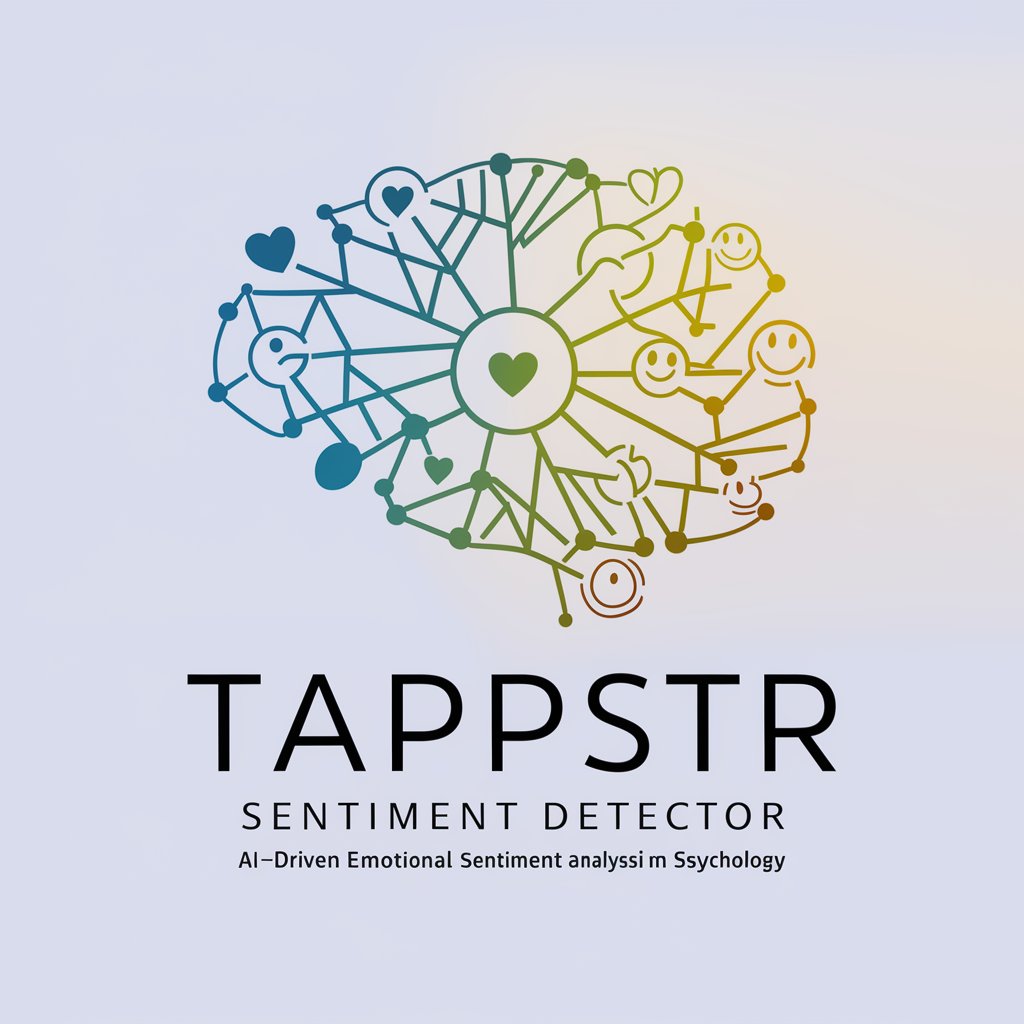
Hello! I'm here to help analyze and understand emotional sentiments in texts.
AI-powered Sentiment Insights
Analyze the sentiment of this social media post:
Determine the emotional tone of this customer review:
Classify the overall sentiment in this literary excerpt:
Evaluate the mood expressed in this text:
Get Embed Code
Overview of Tappstr Sentiment Detector
Tappstr Sentiment Detector is designed to analyze and interpret the emotional sentiment of various types of text, such as social media posts, customer feedback, and literary content. It classifies sentiments into categories like positive, negative, or neutral, providing detailed explanations that highlight key words or phrases influencing the sentiment. This function aids in understanding subtle emotional undertones, enhancing communication and response strategies. For example, in analyzing a tweet that expresses dissatisfaction with a product, Tappstr can identify negative sentiments expressed through phrases like 'disappointed' or 'waste of money', allowing companies to address concerns effectively. Powered by ChatGPT-4o。

Core Functions of Tappstr Sentiment Detector
Sentiment Analysis
Example
Detecting sentiment in customer reviews to help businesses gauge customer satisfaction and product reception.
Scenario
A company uses Tappstr to analyze reviews of a new product launch. Positive sentiments are identified through phrases like 'love this' and 'highly recommend', while negative sentiments might include 'disappointed' or 'not worth the price'. This helps the company tailor its marketing strategies and product improvements.
Emotional Tone Identification
Example
Understanding the emotional tone in social media interactions to craft appropriate responses.
Scenario
A social media manager uses Tappstr to assess public sentiment on a new campaign. The tool identifies a majority positive response with frequent use of words like 'exciting' and 'innovative', enabling the manager to continue the campaign's direction while addressing any minor criticisms effectively.
Trend Analysis
Example
Identifying sentiment trends over time to predict future public reactions or market directions.
Scenario
A market analyst uses Tappstr to track sentiment in customer feedback over several months, identifying an improving trend in sentiment as product changes are made based on previous feedback. This analysis helps predict future customer satisfaction and guide ongoing product development.
Target User Groups for Tappstr Sentiment Detector
Marketing Professionals
Marketing teams can leverage sentiment analysis to understand customer reactions to products, campaigns, or services, enabling them to adjust strategies in real-time for maximum impact.
Customer Service Managers
Customer service managers can use sentiment detection to prioritize responses and tailor interactions based on the emotional tone of customer communications, improving resolution rates and customer satisfaction.
Social Media Managers
Social media managers benefit from real-time sentiment analysis to gauge the public's feelings toward brand posts, campaigns, or crisis management, allowing for more effective engagement and message alignment.
Product Developers
Developers and product managers use sentiment analysis to capture feedback on product usage and customer needs, facilitating data-driven decisions in product features and development roadmaps.
Researchers and Academics
Academics and researchers in fields like psychology, communication studies, and business can use detailed sentiment analysis for studies on consumer behavior, communication patterns, and emotional responses.

How to Use Tappstr Sentiment Detector
Step 1
Go to yeschat.ai for a no-login, free trial, bypassing the need for ChatGPT Plus.
Step 2
Input any text whose sentiment you want to analyze, such as social media content, customer feedback, or literary excerpts.
Step 3
Submit the text through the interface. The system will analyze the emotional tone using advanced NLP models.
Step 4
Review the sentiment classification provided — positive, negative, or neutral — along with an explanation of factors influencing this sentiment.
Step 5
Use the insights for refining content, understanding audience reactions, or guiding decision-making processes.
Try other advanced and practical GPTs
Tappstr Code Explainer
Decoding code, empowering developers
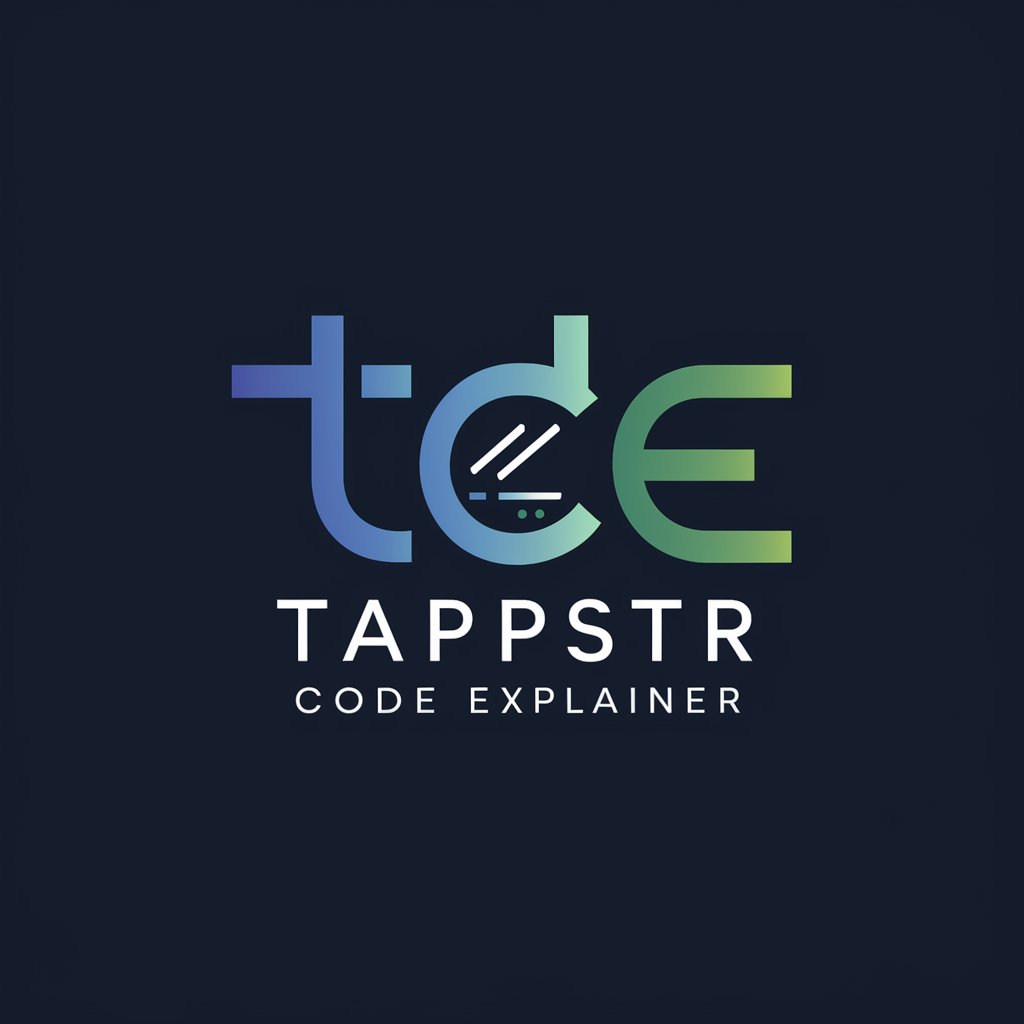
AI Architect
Designing Futures with AI Precision

Tap into the intelligence of the multiverse
Explore Beyond with AI-Powered Insights
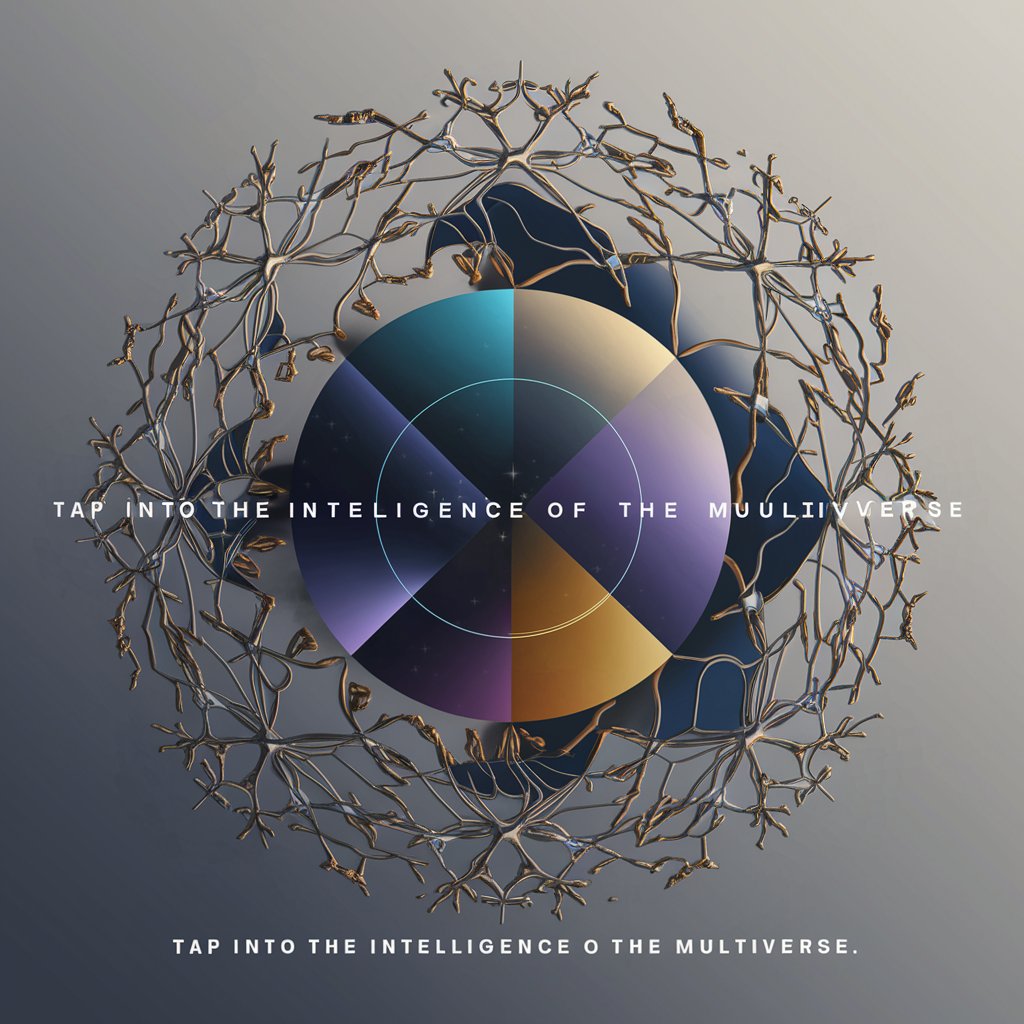
Remarkify by Seven Roads
Crafting Compliant Real Estate Descriptions

Business Mastery - Seven Forces Coach
Empowering Your Business Journey with AI

Seven Elements of Design Innovation Consultant
AI-powered innovation strategy framework

Global Tapestry Guide
Explore Cultures with AI-Powered Insights

TAP GenAI
Empowering Businesses with AI-Driven Insights

Help on Tap
Empathetic AI for Your Mental Well-being

TAP (Truth Above Program)
Unveiling Truths with AI Power

Tap Tempo BPM
Harness AI for precise tempo tracking
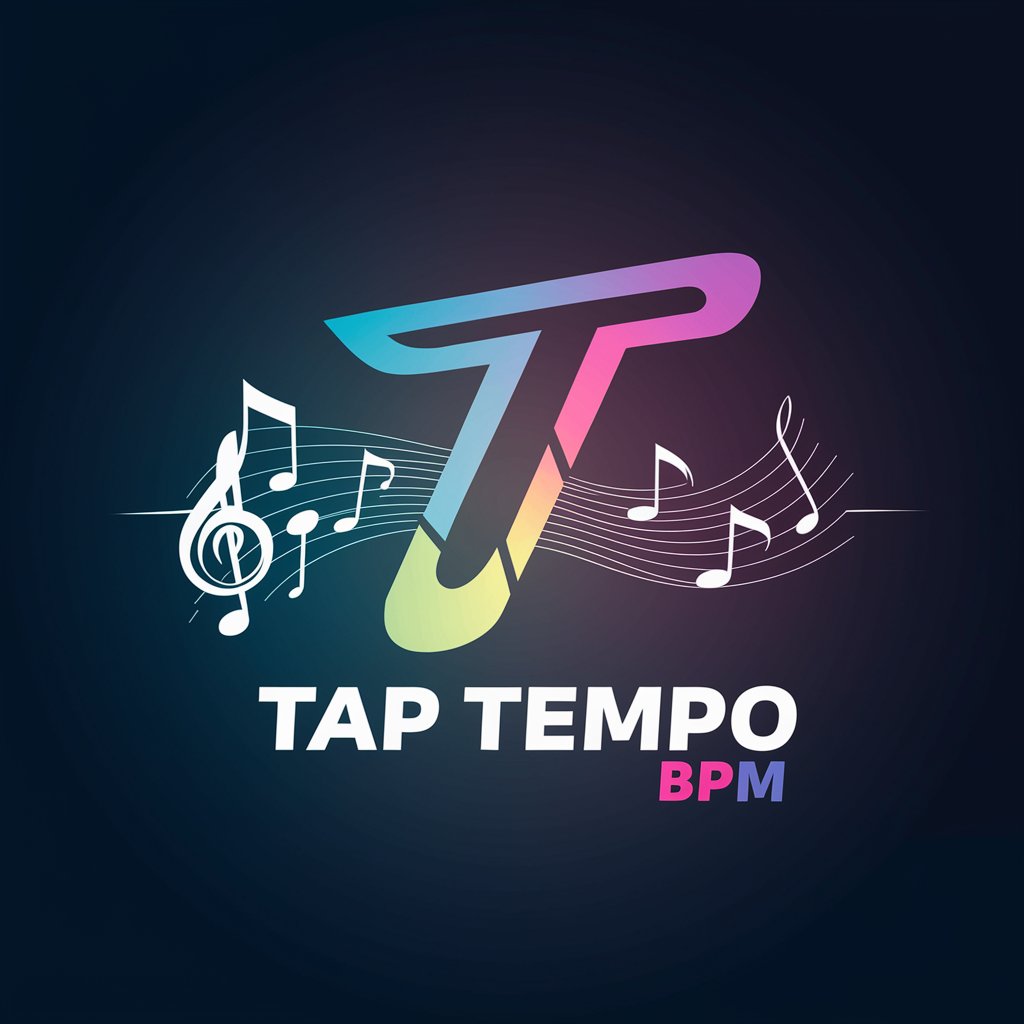
Tappstr Quiz Maker
Empower learning with AI-driven quizzes
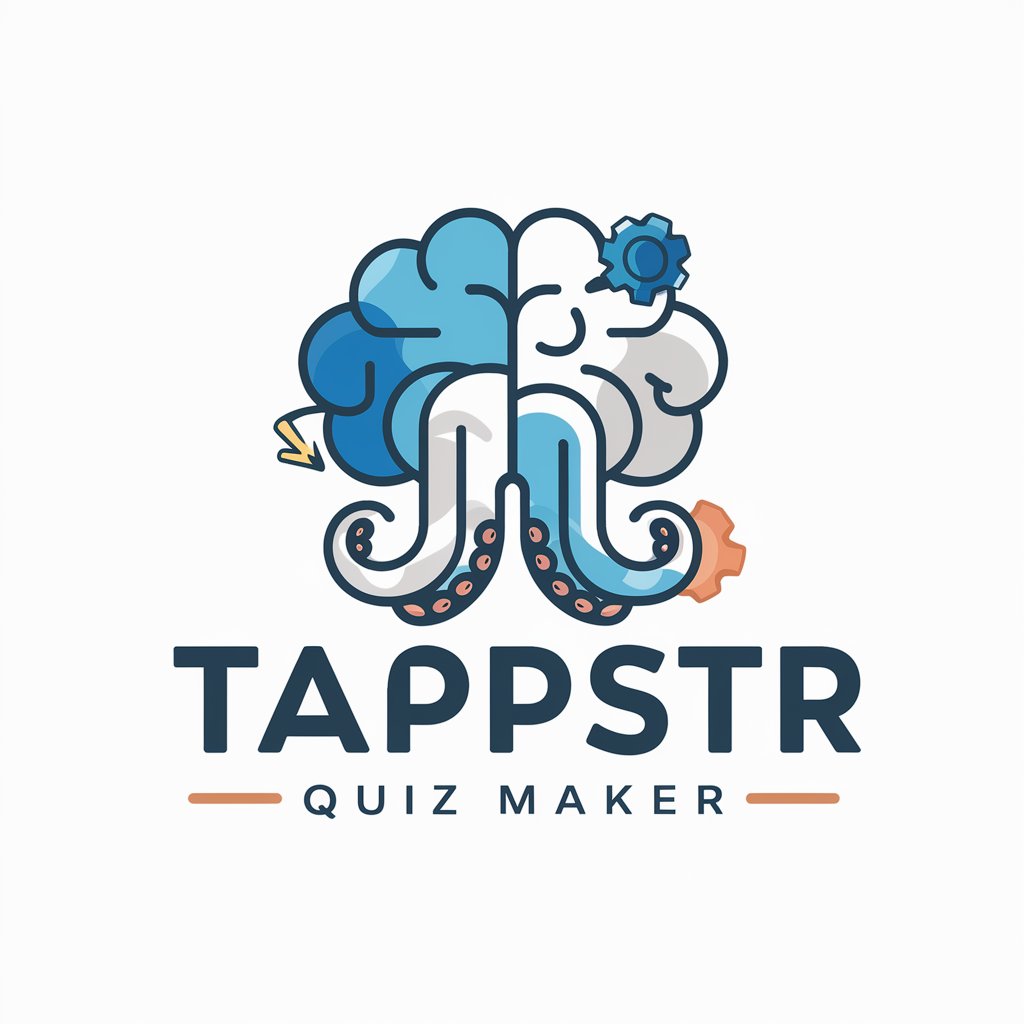
Frequently Asked Questions About Tappstr Sentiment Detector
What types of texts can Tappstr Sentiment Detector analyze?
Tappstr can analyze a wide range of texts, including but not limited to social media posts, customer reviews, emails, blog entries, and literary works.
How accurate is Tappstr Sentiment Detector?
Tappstr uses advanced natural language processing models to ensure high accuracy in sentiment detection. Accuracy levels can vary with the complexity and context of the text.
Can Tappstr detect sentiment in languages other than English?
Currently, Tappstr primarily supports English text. However, developments for multi-language support are ongoing.
Is there a limit to the amount of text I can analyze with Tappstr?
There may be limits based on the platform's current capabilities and subscription plan, but generally, Tappstr can handle large volumes of text efficiently.
How can Tappstr Sentiment Detector be used in educational settings?
Educators and students can use Tappstr to analyze texts for tone and sentiment as part of literature studies, research projects, or in developing critical thinking and analytical skills.
